
Projectors Without Lamps
Solid-state light sources come to the world of projectors.
Text:/ Marc Murray
Late in 2009 Casio announced it had created the first lampless projector. Although this was hailed as ground-breaking by the usual spin doctors, it was really just a bigger than usual leap in the long evolution of projector technology. We are on a journey from Joseph Plateau and his Phenakistoscope in 1832, via cine-projectors, and video projection systems using cathode ray tubes, tungsten halogen, ultra high pressure mercury (UHP) and xenon lamps to the current age of LED and laser.
The technology required to reproduce high quality images from today’s standard UHP-based projectors using either digital micro-mirror devices (DLP) (sometimes with colour wheels) or LCD panels is well established. The problem is that the UHP lamp itself is fragile, inefficient, contains environmentally damaging materials and is relatively short-lived. The Holy Grail in the development of projectors is to find a light source that eliminates these drawbacks but illuminates the screen. The latest developments in solid-state or lampless technologies are getting ever closer to this projection Nirvana. So how does it work?
There are currently two basic solid-state light devices – direct output LEDs and LED-powered lasers – that are either used independently or in tandem (hybrid) to generate the light.
LED
Light emitting diodes have been with us for longer than you would think, having first been discovered in 1927. However, it was not until the early 1960s that the modern LED was born. Following Haitz’s Law (the LED equivalent of Moore’s Law for CPUs) the light output has doubled every three years since, and with improvements in materials and innovations in dissipating heat, there is still some way to go. Although the boundaries will continue to be pushed, the highest projector output currently available from LED is around 500 ANSI lumens.
Almost all sub-500 ANSI lumen projectors use LEDs and single DLP micro-mirror chips. Interestingly, manufacturers are split on using either a single block of white LEDs with the usual filter wheel, or separate blocks of red, green and blue LEDs. While the RGB route gives better colour saturation, the three separate chips racks up the cost.
There is a wide range of very good models available in Australia ranging from 50 ANSI lumen ‘pico’ projectors, through to highly portable mini projectors such as the one reviewed in the last issue of AV. Most of these are targeted at the user on the move and thus often have in-built PowerPoint, on-board data storage, and most in the 200 to 250 ANSI lumen range run off a battery.
To get a flavour of the general specification of this type of projector let’s consider the Viewsonic PLED-W500, which is fairly typical of its class. It outputs 500 ANSI lumens at a native 1280 x 800 (WXGA) resolution, with a maximum contrast of 6000:1. The thing that often impresses AV professionals is the 30-bit (1.07 billion) colour depth and 120 percent NTSC colour gamut.
There is no intrinsic reason why an LED-based light engine with adequate thermal design should not keep going up to and beyond the 20,000 hours that most are rated to achieve. However, like all light sources, the brightness of the LEDs slowly degrades over a long enough period, with quoted life being the time when the brightness falls to 70 percent of the initial output, a level change not detectable by human eyes.
Good – bullet proof, environmentally sound and cheap to make.
Bad – limited light output.
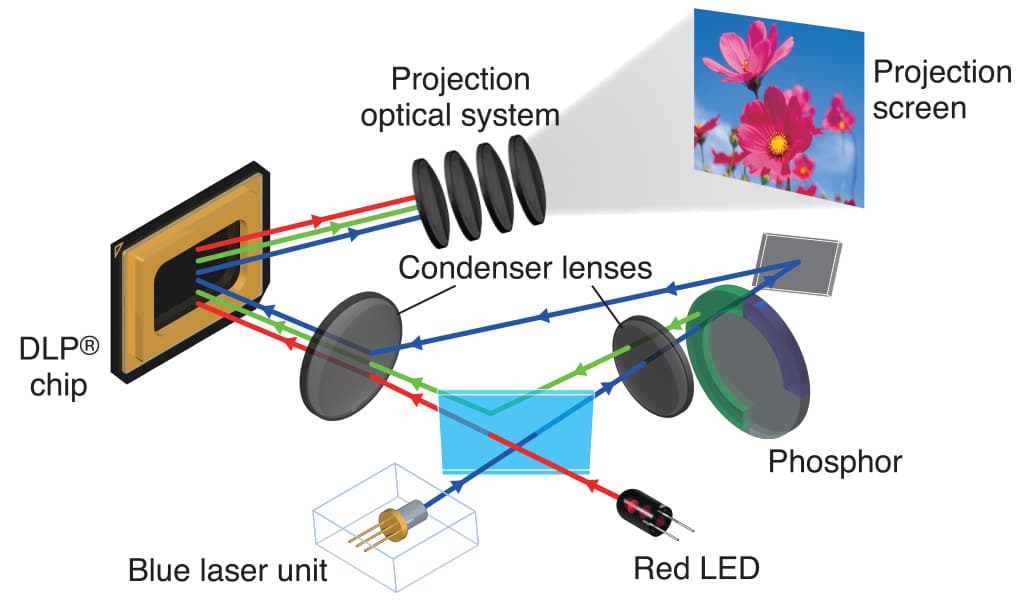
LASER
A number of traditional projector manufacturers have already brought laser-sourced projectors to market, and if the talk at ISE and InfoComm is even close to the mark, there will be a lot to follow. There is a range of image generating techniques used between the various laser-powered offerings. Some use a single DLP chip illuminated alternately by red, green and blue semiconductor lasers, while others use three DLP chips, each illuminated by separate (RGB) lasers. Because of the very low beam diffraction of the highly coherent light from the lasers, these systems can suffer from a little speckling. An alternative approach that eliminates speckling is to use a blue laser to stimulate three phosphor panels, which produce the RGB primaries which are then directed onto a DLP chip. Yet another approach was seen at ISE in January when Sony demonstrated a 4000 ANSI lumen 3LCD projector based on an existing production model with the original UHP lamp module simply replaced by Sony’s white light laser and phosphor module.
When the light source is pumping out over 2000 ANSI lumens, the projected image is as good as you would expect from a traditional projector. The BenQ LX60ST, which has been in the market for about a year, has a resolution of 1024 x 768 (XGA) and a colour gamut of 1.07 billion colours (30-bit). Contrast ratio is right up there at 80000:1. This type of projector does pretty much what a traditional projector does, just with a great deal less power and for years longer.
Like LED, a laser light engine should easily last for 20,000 hours of operation, but the output falls off to about 70 percent at the 10,000-hour mark.
Good – very bright for solid-state, environmentally sound.
Bad – expensive to produce and thus expensive to buy.
HYBRIDS
Some manufacturers have tried to blend the economies of LED with the brightness of laser and have come up with a hybrid light engine. This technology was pioneered by Casio and continues to underpin its extensive range. Light outputs of up to 4000 ANSI lumens have already been achieved.
Casio and Viewsonic are the only manufacturers offering hybrid projectors in the Australian market right now. They use almost identical technology, where the red and blue are produced by LED arrays, while the green component is produced by firing a blue laser at a rotating phosphor wheel. These primary colours are directed onto a single DLP chip. It’s essential for the green phosphor wheel to rotate to spread the intense energy from the blue laser. By introducing a moving part to an otherwise solid-state light source, there is a potential mechanical point-of-failure that could limit what ought to be a very long-lived light source.
One of the attractions of the hybrid LED/laser source is its improved colour reproduction compared to LEDs alone. The chromaticity chart reproduced here is claimed by both Casio and Viewsonic and shows an impressively wider colour gamut for projectors using this source. The Viewsonic Pro 9000 with its 100000:1 contrast ratio from a DLP Darkchip3 DMD, native HD 1080p (1920 x 1080) resolution and its wide colour gamut is developing quite a reputation for the quality of its images.
Good – (nearly) bullet proof, environmentally sound and cheaper to make than laser.
Bad – Still a bit more expensive than a traditional projector.

WHERE IS THIS GOING AND WHY YOU SHOULD CARE?
End users have always whinged about the cost of replacement lamps and the AV industry has mostly just tutted and pocketed the profit from the lamps.
Why would a school, business or home user pay more for a solid-state projector when a traditional projector is cheaper? When it comes down to it, very few buyers actually take much notice of the ‘total cost of ownership’ argument. If they did, they would notice the sums are sobering. Throw in the energy usage, lamp replacements, down-time, servicing etc., and a traditional short throw projector in a classroom will cost more than double to run over a five-year life than its solid-state equivalent. Sooner or later high-usage customers will work this out.
But the biggest reason is soon going to be: because you have to. European countries are leading a very aggressive anti-mercury policy through legislation. If this gains momentum, we could see the traditional UHP projector actually being banned in some countries. If you think this is a little farfetched, Europe’s most recent WEEE (Waste Electrical and Electronic Equipment) Directive is a sobering read.

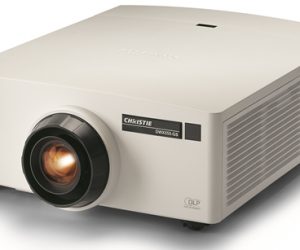
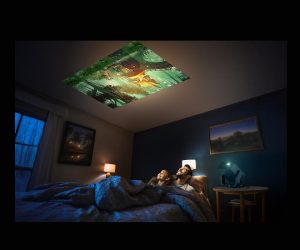
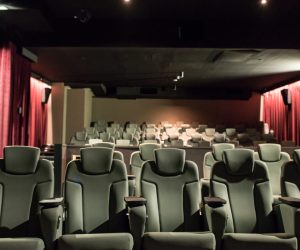
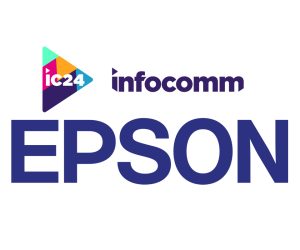
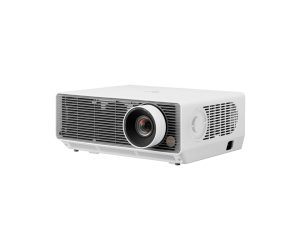
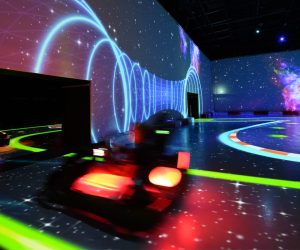
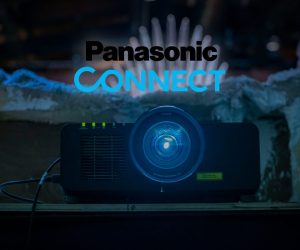
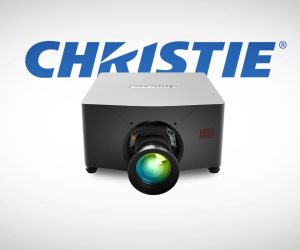
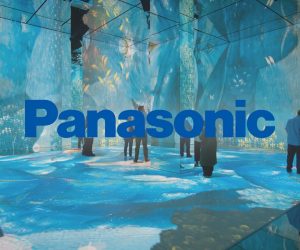
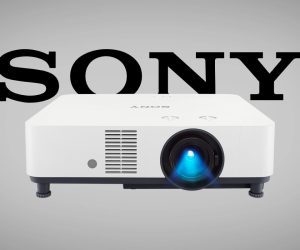




RESPONSES